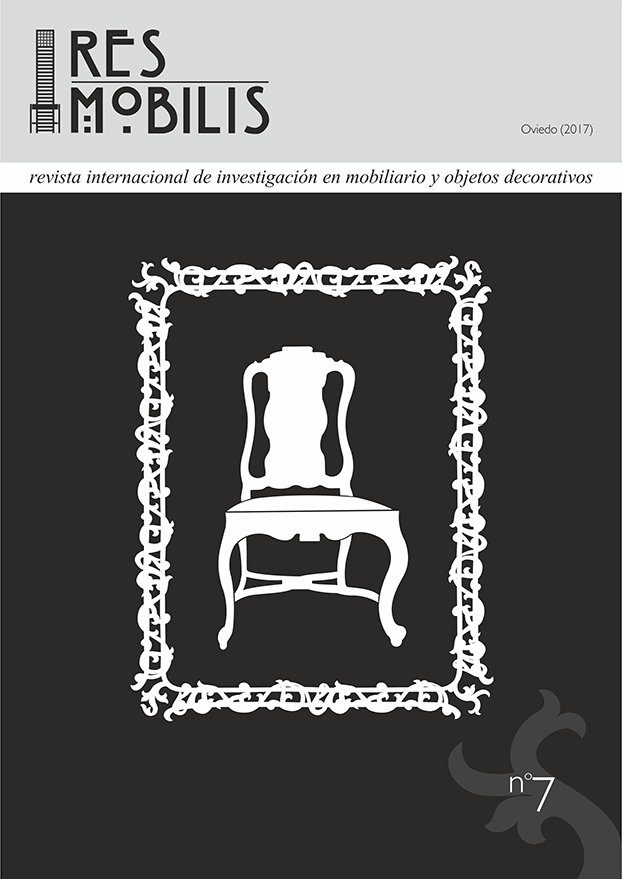Abstract
The Baroque Jesuit in Portugal reflects a moment of affirmation of nationality but also reflects an international context marked by the Counter Reformation and the need to inebriate through images, considering painting as a privileged instrument of communication. This article focuses on the underlying creative process to a jewelry line that has the concept of the nature seen through the eyes of Josefa de Obidos, important painter that marks the seventeenth century. We begin with an approach to the project genesis that lies in the interpretation of variants as the poetic sense of metamorphosis and passenger, as well as the sense of this spatiality present in the elements depicted by the artist, marked by strong contrasts of light and dark and asymmetry in its context. The project methodology lies in the intersection of sketches, three-dimensional modeling and 3D print, which allowed us to test the versatility of the pieces, consisting essentially of modular elements, which the public can turn, raising different readings.
References
AZAMBUJA, Sónia, A linguagem simbólica da natureza: A flora e a fauna na pintura seiscentista portuguesa, Lisboa, Nova Veja, 2009.
CANELAS, Lucinda; BOURGARD, Joana, “O Museu de Arte Antiga tem mais um Menino Jesus feminino e encantador de Josefa de Óbidos”, Público, 22 Janeiro 2014. (acesso 10 Outubro 2016). Disponível em: https://www.publico.pt/culturaipsilon/noticia/o-museu-de-arte-antiga-tem-mais-um-menino-jesus-feminino-e-encantador-de-josefa-de-obidos-1620704.
LAVER, James, A roupa e a moda: uma história concisa, Trad. por Christina Probert, 4ª reimpressão, São Paulo, Companhia das letras, 1999.
MARAVALL, Jose Antonio, La cultura del Barroco, Barcelona, Ariel, 2007.
MARGOLIN, Victor, “Design in History”, Design Issues, Vol.25, nº 2, 30 Março 2009.
MUNARI, B., 1966, A arte como ofício, 2nd ed., Trad. por W. Ramos, 1982, Lisboa, Editorial Presença/Martins Fontes.
PEREIRA, Ana Marques, Mesa Real: Dinastia de Bragança, Lisboa, A Esfera dos Livros, 2012.
PEREIRA, José Fernandes, “O barroco do século XVII: transição e mudança”, in História da Arte Portuguesa, Barcelona, Círculo dos Leitores, 1995.
PEZZOLO, Dinah Bueno, Por dentro da moda: definições e experiências, São Paulo, editora Senac, 2009.
Portuguese Furniture: Collection guide, Lisboa, Museu Nacional de Arte Antiga, 2000.
SERLIO, Sebastiano, Tercero y Cuarto Libro de Architectura, Trad. por Francisco de Villalpando, Toledo, Casa de Iván de Ayala, 1552.
WALKER, John A., Design History and the History of Design, London, Pluto Press, 1989.

